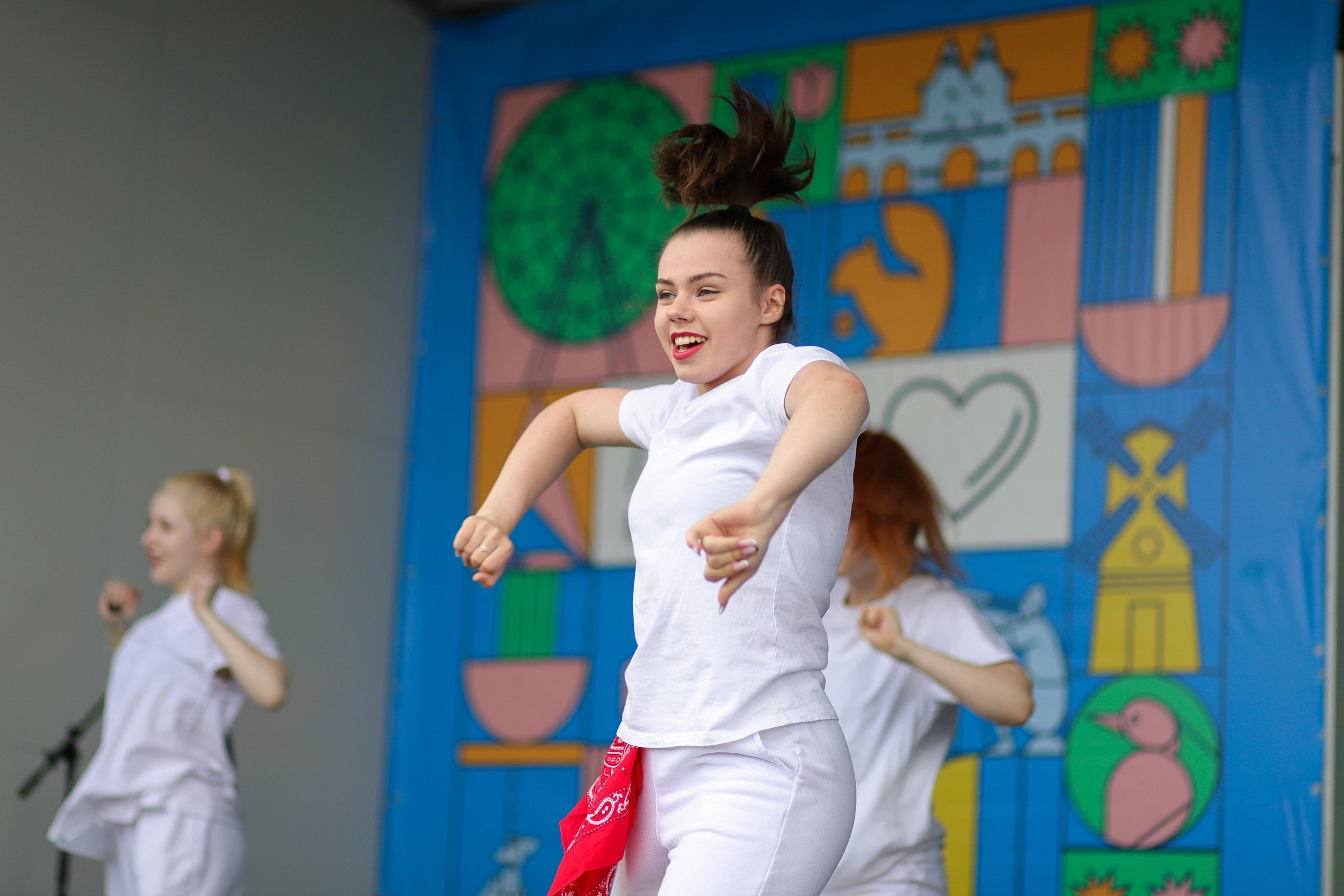


Frequently Asked Questions about Kids' Hip Hop
26 January 2023
As a parent, you might be unsure about what hip-hop dance involves. Read on for the answers to frequently asked questions on this enduring dance craze.
Can you take up hip hop if you’ve never danced before?
Absolutely! There’s no expectation to have danced in any other style before. Most places will either run dedicated beginner sessions or have provisions to include beginners in their main class.
How much will it cost?
This will vary by class. A few places charge by the lesson, but most classes will charge for a group of lessons at a time. As a rough guide, expect to pay between £6 and £8 per hour for a group class (usually grouped into payments of around six lessons) and anywhere from £35 to £50 for an hour’s private one-to-one. Any class or instructor worth their salt will offer a free, no-obligation trial for your child to see if it’s for them.
What age can my child start hip hop?
Generally, schools will take children from the age of six (though there are a handful who offer classes to children younger than this). After that, children can start from any age. There’s no upper limit!
How long do classes last?
Most group classes last between 45 minutes and an hour. The younger the children, the shorter the classes are, with some lasting 30 minutes. These tend to take place once a week. As children get older, class length may increase to roughly two hours. For those who have been dancing for a few years, classes usually take place two or three times a week.
Are there many kids' hip hop competitions in the UK?
Yes - a lot! Many competitions run throughout the year in the UK. Most of the big competitions take entries from a range of abilities, including beginner, though it’s worth checking out the individual competition’s web page or social media account for more details. Smaller clubs often hold their own competitions, and sometimes dance clubs get together to compete with one another. With so many to choose from, the best thing to do is talk to your child’s dance teacher about which they recommend for your child’s skill level.
Can you learn hip hop online?
Many private tutors offer online tuition. There are pros and cons to learning in this way. It means that children can be taught by teachers anywhere in the country (or world) and, being a visual art form, teachers can coach a child almost as effectively as if they were together. One drawback is that these lessons tend to be private one-to-one sessions, as opposed to in a group. This can be more expensive and children don’t experience the social side of a dance class.
What should children wear?
Well-fitting, comfortable clothes. It’s important that children can move freely when learning to dance. It can be tempting to follow the hip hop style of baggy clothing but, to begin with at least, it’s a lot safer and more beneficial to keep it simple. The same goes for footwear. Well-fitting trainers - not too big! - are perfect for hip hop class.
